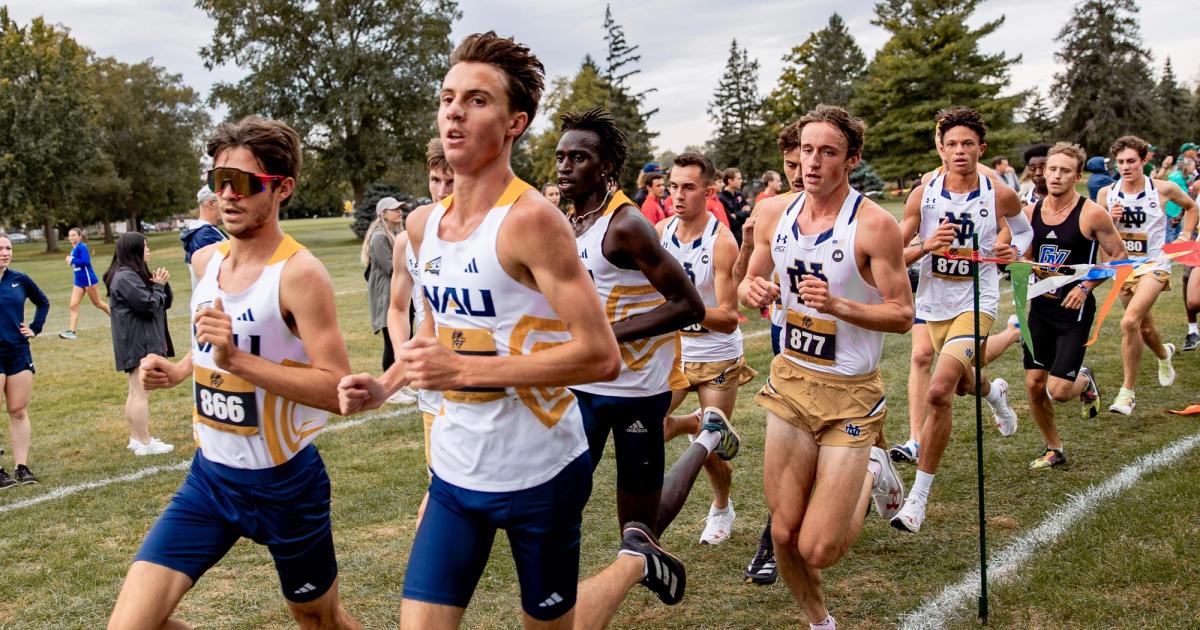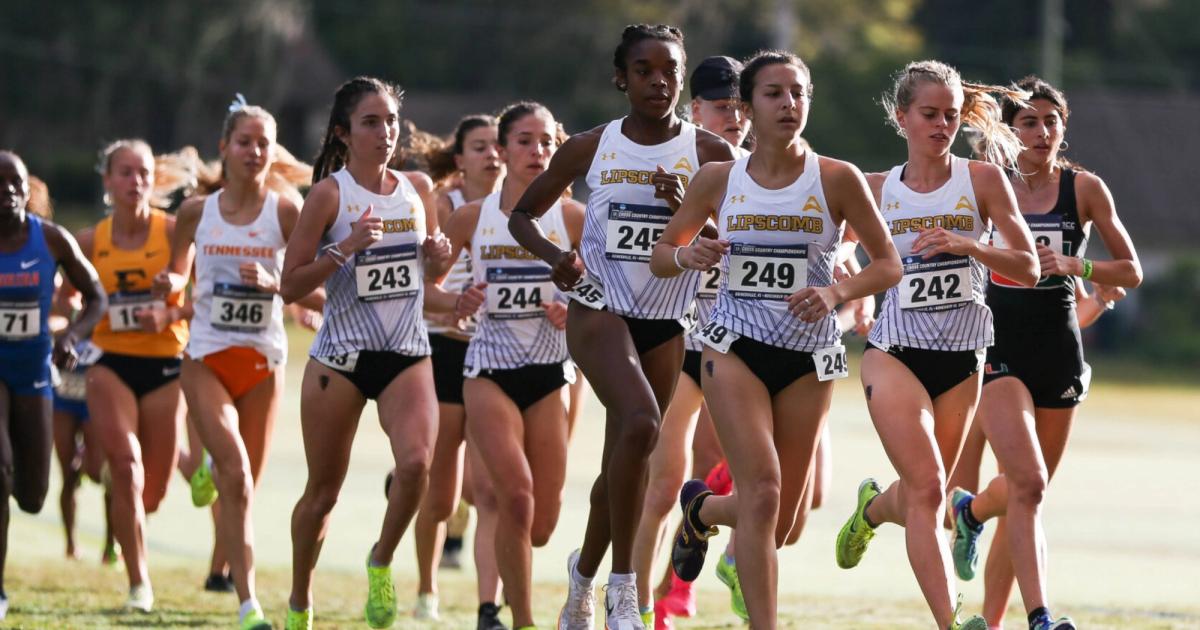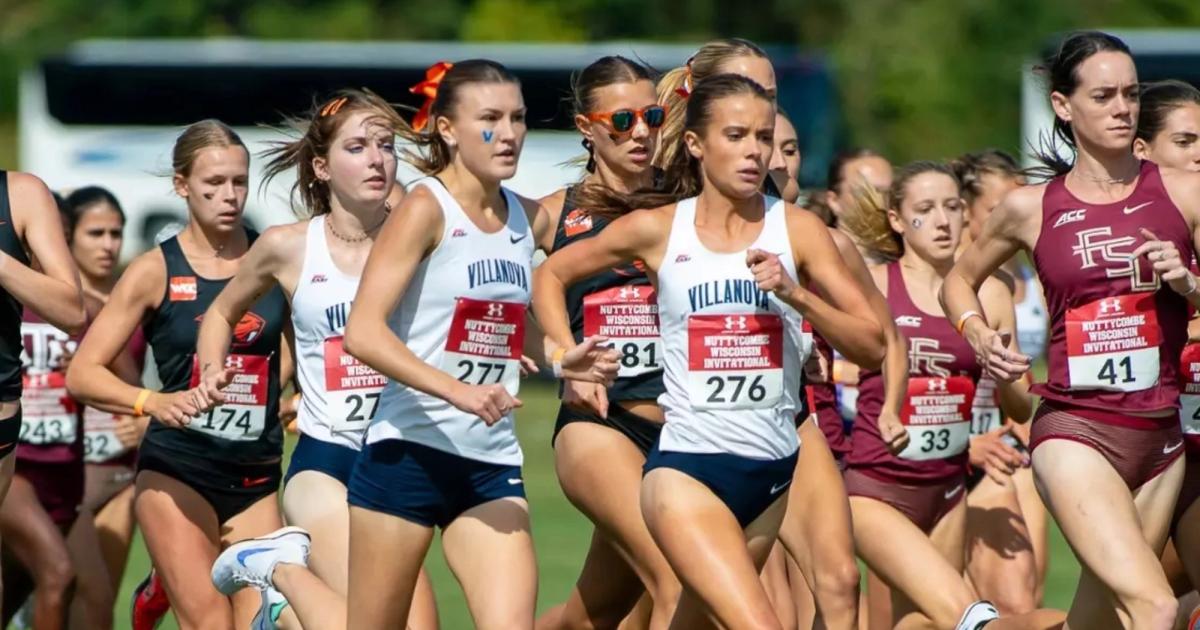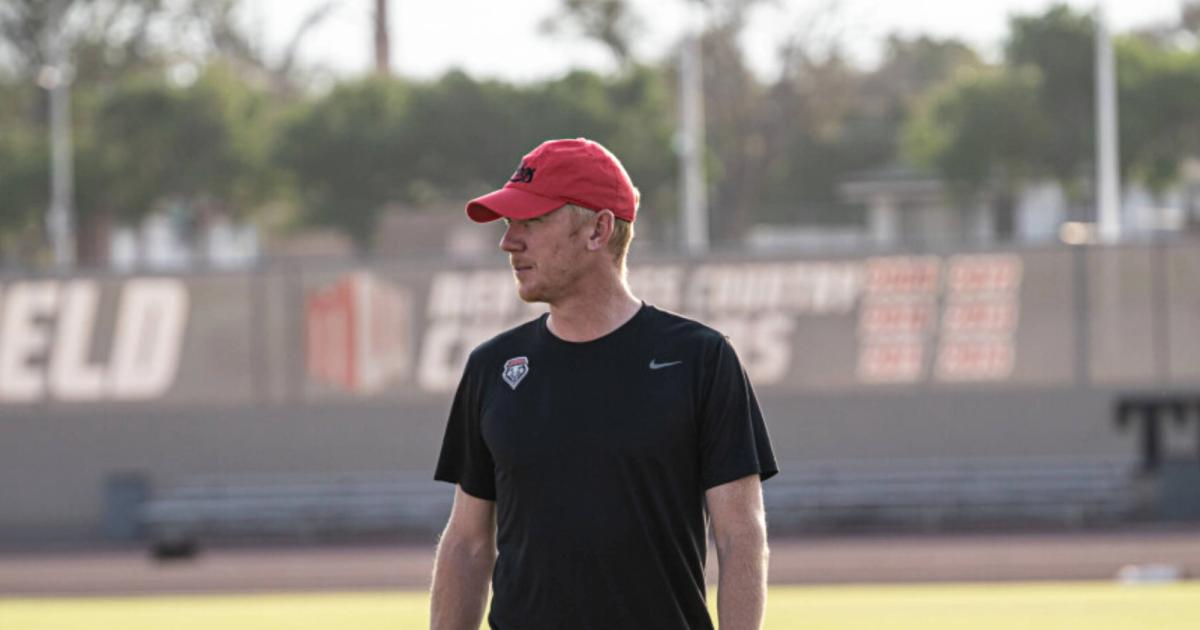By Paul Snyder
October 16, 2024
To paraphrase Kenny Loggins and/or Sterling Archer:
Conference on the ‘rizon
Mileage at 104
Tendons under tension
Femur’s feelin’ touch and go
Highway to the danger zone
Run into the danger zone
That’s right, folks. We’re two weeks out from the vast majority of collegiate conference cross country championships, which means one thing: the best harriers in the country are riding the razor’s edge in training. You can’t win NCAAs in October, but you sure can lose it. If you’re going to go nuts and inadvertently ruin your season, now’s when it’ll happen.
With the big invitationals now largely behind us, teams and individual harriers have a pretty clear sense of where they stack up in the NCAA pecking order. In terms of training – with a few notable exceptions for athletes who got a late start thanks to a spring injury or wildly successful track campaign (we’re looking at you, Graham Blanks) – the hay is in the barn. There may be one or two more big sessions on the docket, but realistically, most gains made from those will be more psychological than physiological.
One bit of cross-country coaching wisdom that resurfaces every few years is that you really only get five good races max in any given season. For the biggest studs on the national scene, ideally those five races will be 1. your home-course rust-buster, 2. a big invitational, 3. conference champs, 4. regionals, and 5. nationals. But even getting five good races in a season is contingent on timing your training to peak in mid-November and not burn out or get injured in any of the five months between track season and the Big Dance.
This is the time of the year to feel good. The dead legs and constant brain-fog of peak load training should be transitioning into a sort of autumn-induced invincibility as the temperatures drop with the mileage. And yet, countless young adults around the country will spend the next two weeks staring into the abyss, only to find it staring right back at them. They’ll ignore a dull throb developing in their metatarsal to hit an arbitrary mileage goal. They’ll blast the last rep of a threshold workout while the eventual top dog on the team finishes mid-pack. They’ll lose precious hours of sleep cramming for a midterm – or worse, scrolling through message boards.
The dirty little secret of NCAA XC championships is that most of the top 10 finishers are going to be there regardless of how boneheaded they and/or their coaches are. These are the Foot Locker champions, the international junior stars, the future Olympians. But the heroes of NCAAs aren’t the low sticks – they can only pretty much meet expectations or underperform. Team titles are won by the runner who came in expected to get top 100 and finishes 40th. The fifth-year senior who finally broke through after years of grinding. The top-7 scorer who spent the first half of the season toiling away in the pool.
The bulk of All-American finishers are gonna be the ones who are talented and put in the work, yes, but who also spent the season trusting the process and playing their cards right. So if you want to come out of the danger zone into a postseason celebration as joy-filled as a homoerotic beach volleyball scene, don’t do anything stupid in the next two weeks.

Paul Snyder
Paul Snyder is the 2009 UIL District 26-5A boys 1600m runner-up. You can follow him on Bluesky @snuder.bsky.social.




